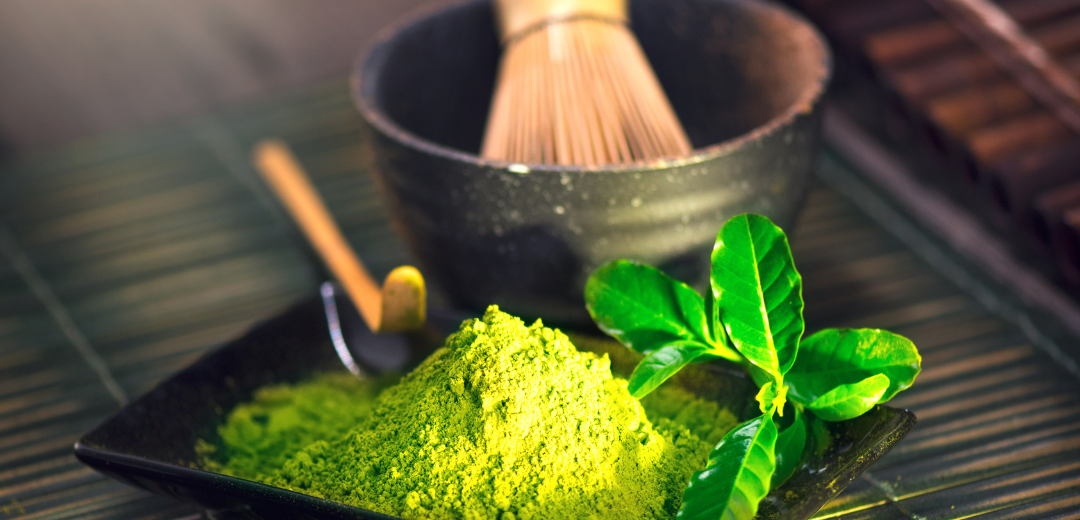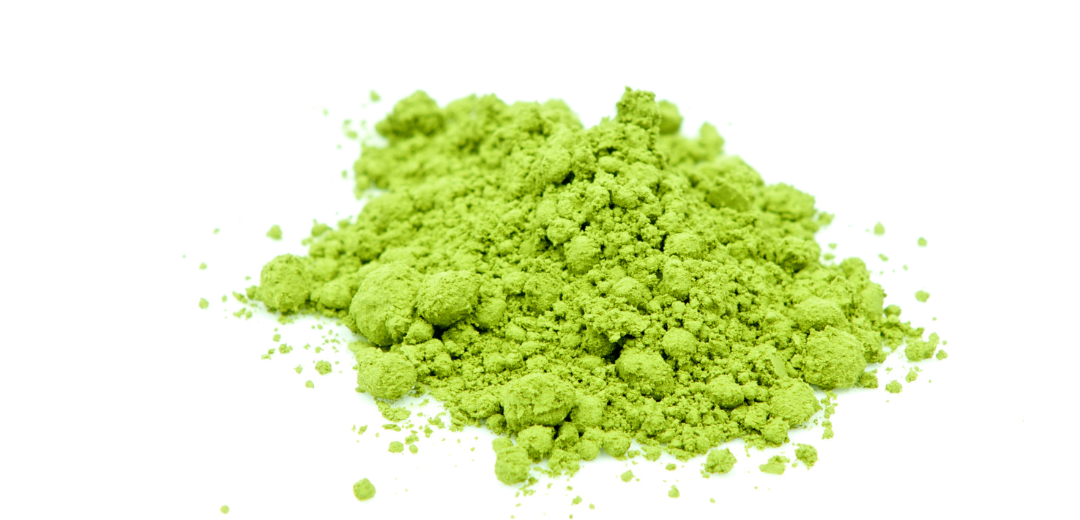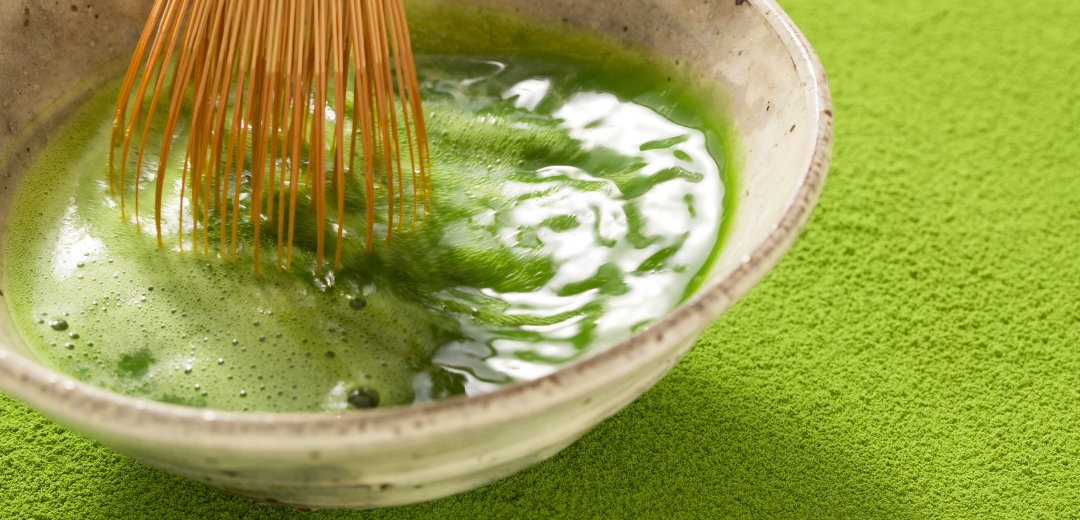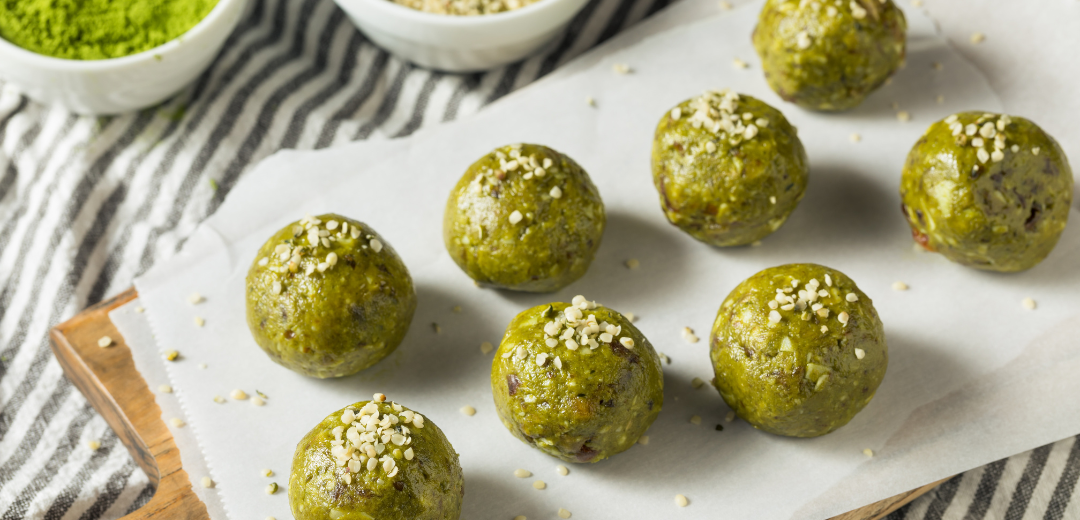
The Ultimate Guide to Matcha: Health Benefits, Quality, and Preparation
Posted on March 16 2023,

The Ultimate Guide to Matcha: Health Benefits, Quality, and Preparation
-
Introduction
-
Health Benefits of Matcha
-
Quality and Grades of Matcha
-
How to Prepare Matcha
-
Matcha Recipes and Uses
-
How to Store Matcha
-
Conclusion
1. Introduction
Discover the vibrant world of matcha, a finely ground green tea powder that has been a cornerstone of Japanese culture for centuries. Its rich taste and health benefits make it a popular choice for tea enthusiasts and health-conscious individuals alike. This comprehensive guide will explore the various health benefits, quality and grades, and methods of preparing and using matcha in various recipes.
2. Health Benefits of Matcha

2.1 Rich in Antioxidants
Matcha contains high levels of antioxidants, including EGCG (epigallocatechin gallate), which is known for its cancer-fighting properties. These antioxidants help neutralize free radicals, reducing oxidative stress and inflammation in the body.
2.2 Boosts Metabolism and Weight Loss
Matcha has been shown to increase metabolism and help with weight loss by promoting fat oxidation and thermogenesis, which is the body's process of burning calories to produce heat.
2.3 Enhances Focus and Mental Clarity
Matcha contains L-theanine, an amino acid that promotes relaxation and improves cognitive function. Combined with caffeine, it creates a balanced and sustained energy boost without the jitters or crashes associated with other stimulants.
2.4 Supports Heart Health
Regular consumption of matcha can help lower LDL ("bad") cholesterol levels and reduce the risk of heart disease.
3. Quality and Grades of Matcha

3.1 Ceremonial Grade
Ceremonial grade matcha is the highest quality and is made from the youngest, shade-grown tea leaves. It has a bright green color, smooth texture, and a sweet, delicate flavor, making it perfect for traditional Japanese tea ceremonies.
3.2 Premium Grade
Premium grade matcha is a high-quality option for daily consumption. While not as refined as ceremonial grade, it still offers a vibrant green color and pleasant taste, suitable for drinking straight or mixed into lattes and smoothies.
3.3 Culinary Grade
Culinary grade matcha is best used for cooking and baking, as its flavor is more robust and slightly bitter compared to the higher grades. It is more affordable and is ideal for incorporating into recipes like matcha ice cream, baked goods, and salad dressings.
4. How to Prepare Matcha

4.1 Traditional Matcha Preparation
Sift 1-2 teaspoons of matcha powder into a bowl to remove any clumps.
Add 2-4 ounces of hot water (not boiling) at around 175°F (80°C).
Use a bamboo whisk (chasen) to whisk the matcha and water in a zigzag motion until a smooth, frothy layer forms on the surface.
4.2 Modern Matcha Preparation
Combine 1-2 teaspoons of matcha powder with 8-12 ounces of hot water or milk in a blender or shaker bottle.
2. Blend or shake vigorously until the matcha is fully incorporated and a frothy layer forms on the surface.
Pour into a glass and enjoy immediately. Feel free to sweeten to taste or add ice for a refreshing iced matcha beverage.
5. Matcha Recipes and Uses

5.1 Matcha Latte
Whisk 1 teaspoon of matcha powder with 2 ounces of hot water until frothy.
Heat 8 ounces of milk (dairy or non-dairy) and sweeten to taste.
Pour the heated milk over the prepared matcha and stir gently to combine.
5.2 Matcha Smoothie
In a blender, combine 1 teaspoon of matcha powder, 1 cup of milk (dairy or non-dairy), 1 banana, and a handful of spinach or kale.
Blend until smooth, adding ice or more liquid as needed to achieve desired consistency.
5.3 Matcha Energy Bites
In a bowl, mix 1 cup of rolled oats, 1/2 cup of almond butter, 1/4 cup of honey, 2 tablespoons of matcha powder, and 1/2 cup of chopped nuts or dried fruit.
Roll the mixture into bite-sized balls and refrigerate for at least 30 minutes before enjoying.
Check out more delicious matcha recipes here.
6. How to Store Matcha
To preserve the freshness and potency of your matcha, follow these storage tips:
Keep matcha in an airtight container, away from direct sunlight and heat.
Store in a cool, dry place, such as a pantry or cupboard, or even better, in the fridge.
Use a clean, dry spoon when scooping matcha powder to avoid introducing moisture into the container.
7. Conclusion
Matcha offers a unique combination of health benefits, versatility in recipes, and an enjoyable taste experience. By understanding the differences in quality and grades, as well as the proper preparation techniques, you can fully appreciate this extraordinary green tea powder. Whether you're enjoying a traditional tea ceremony or indulging in a delicious matcha-infused dessert, the world of matcha awaits your discovery.
